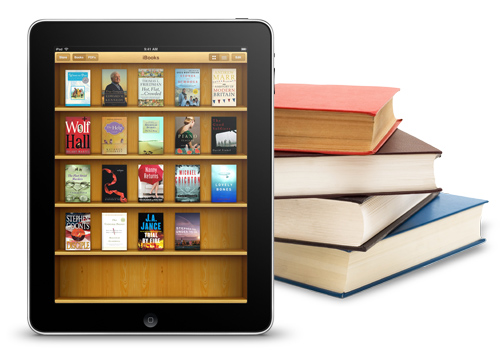A Content Writer and a Copywriter is the same thing, right? They both write words used in online and offline content, so surely they’re just fancy names for what is essentially a writer?
In actual fact, they’re very different. They both act as a cornerstone for the other; think of them as two different sides of the same coin, as although there are similarities in the two skill sets, there are also some clear differences, too.
From a traditional marketing perspective, the answer is pretty simple. Let’s explore…
What is a Content Writer?
Put simply, they write content. Although there must be more to them than that, surely? Well, yes, Content Writers create a range of different content types using written word; usually long-form, rich-content that is search engine optimised.
When a Content Writer creates a piece of content they are most likely considering the use of keywords, Meta, and how shares and links to the piece will amplify the content. A Content Writer can also be known to create ‘evergreen content’; articles, blog posts, newspaper pieces, magazine features, whitepapers and any other types of long-form, content.
Content Writers are quite journalistic in nature, with editorial copy tightly in their remit, generally writing pieces of content with longer word counts and intricate details – these authoritative pieces perform better when being shared online too.
And how, you might be wondering, is that any different from a Copywriter?
What is a Copywriter?
A Copywriter is of a similar vein in that they also write copy. However, Copywriters are usually used as advertising vehicles, typically specialising in short-form copy, such as straplines, headlines or press ads.
Now that’s not to say that Copywriters shouldn’t have long-form copy in their arsenal. In fact, what we’re seeing is a transition of Copywriters to web writers in marketing, such as display advertising, creating an even stronger online presence. Over time, these will naturally migrate to Content Writers.
Copywriters are praised for the creation and ideation of words in campaigns, where the marketing material is used to persuade a person or a group to think or act a particular way. This is generally achieved in short-form copy or storytelling, evoking emotion and a personal connection with the audience; it also lends itself to a humorous or jovial tone – perfect for straplines or headers. In fact, for a Copywriter, brevity is vital.
That being said, there is a cross over in remits.
How Do Content Writers and Copywriters Work?
Arguably, they’re two of the same and in no uncertain terms is one easier than the other as a profession. However there are definitely differences that seem to be overlooked and these can come in handy if you’re looking to hire a writer for specific work.
These days, it’s crucial to be well versed in both.
Further differences between the two lie with the submittal deadlines. Although this isn’t always definitive, Content Writers appear to have longer lead-times than Copywriters. Their work is a result of well-planned content with the help of road maps, timelines, content calendars and the like. Whereas a Copywriter can be called on at the last minute to provide copy. Whilst being agile and reactive should be in both skill sets, Copywriters are less likely to plan in their workload as concisely as a Content Writer.
Saying this, Content Writers should not remove working to tight deadlines from their skill set either and Copywriters won’t always have the luxury of a working extension.
Going forward, Content Writers and Copywriters must work arm in arm to build traffic, create relationships with customers and consumers and ultimately build the brand. So although they have slightly different responsibilities, it’s paramount to include them both when building websites. However, as Copywriters grow to combine strategic writing with great content, they may just have the best of both worlds. As the term Content Writer is still in its infancy, perhaps we’ll continue to see a cross over as it evolves.
What Do You Think?
What are your thoughts? Do you agree with how the terms have been split? Are you a writer and feel that it’s more about perspective, or do you think they are much of the same and a Content Writer is just marketing jargon – probably at some point thought up by a Copywriter?
Source: www.koozai. com/




